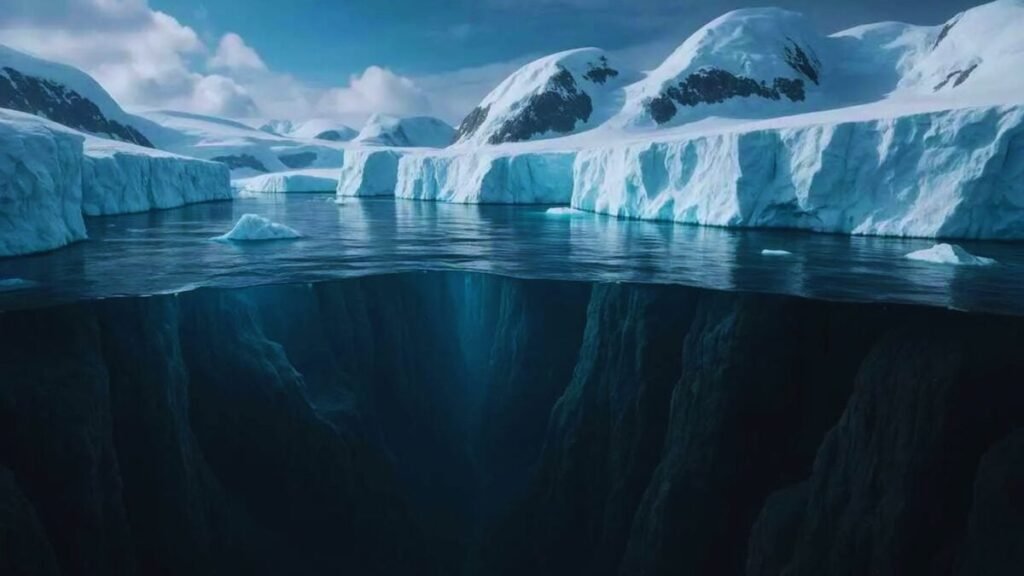Unveiling the Hidden Lakes Beneath Antarctica: 85 New Discoveries Unraveling the Secrets of Melting Ice and the Sea

Antarctica holds a secret under its kilometers of ice: a network of hidden lakes that fill and drain in slow, invisible cycles, crucial for the stability of the white continent. Based on a decade of observations from the CryoSat satellite, subtle changes in the ice surface height were detected, rising and falling as the lakes filled and drained. This “heartbeat” under the ice provides a unique insight into what happens at the base of the Antarctic ice sheet, several kilometers deep, where pressure, geothermal heat, and friction turn some of the ice into liquid water. Recently, only 36 complete filling and draining cycles had been observed worldwide. However, researchers from the University of Leeds identified 12 more, revealing that subglacial hydrology is much more active than previously thought.
### An interconnected network
The analysis found five interconnected systems, a natural pipeline through which water flows under Antarctica. These connections could reduce friction between the ice sheet and the rocky bed, accelerating its slide towards the ocean. This movement directly impacts sea level rise. Co-author Anna Hogg summarized the study by saying, “It was fascinating to discover that the extent of the lakes changes from one cycle to another.”
### Vostok, the dormant giant
Not all lakes are active. Vostok, buried under four kilometers of ice in East Antarctica, contains up to 65,000 km³ of water, enough to fill the Grand Canyon several times. It is believed to be stable, but if it were to drain, it would have a huge impact on the ice balance and ocean circulation.
#### A missing piece in climate models
Experts warn that most climate models still do not include subglacial hydrology. Understanding how these lakes fill, drain, and connect is essential for accurately projecting how much sea levels will rise in the coming decades. “By mapping where and when they are active, we can begin to quantify their impact on ice dynamics,” concluded Wilson. It is a race against time: as the planet warms, the …






